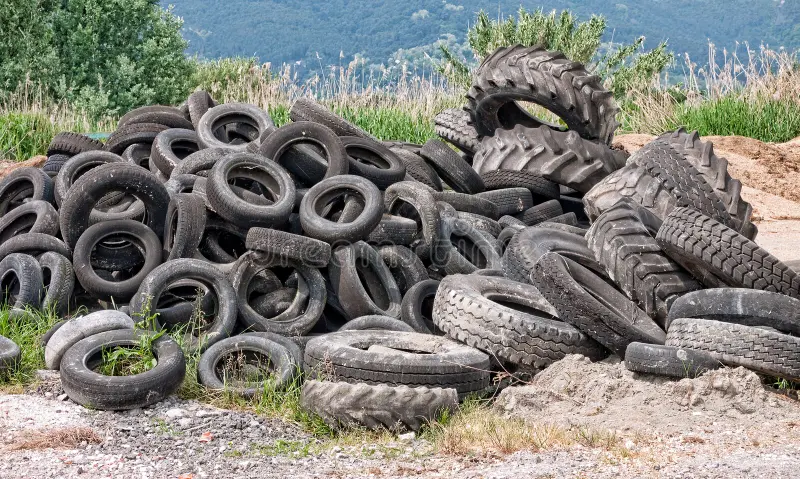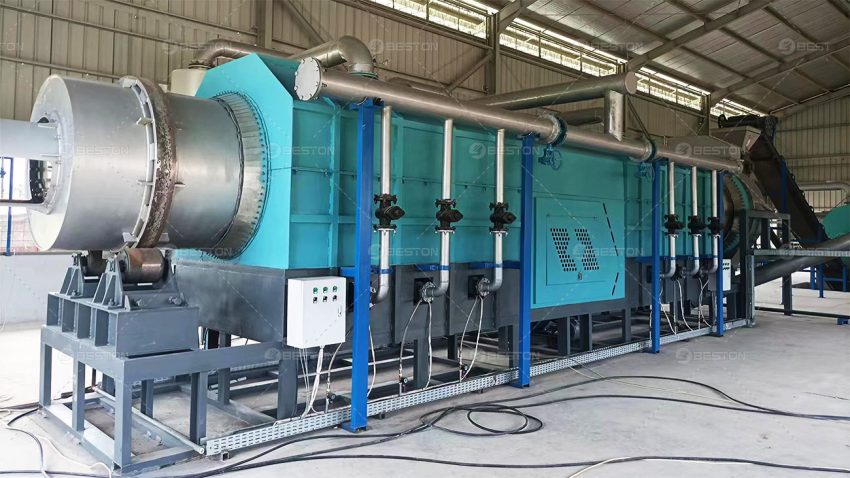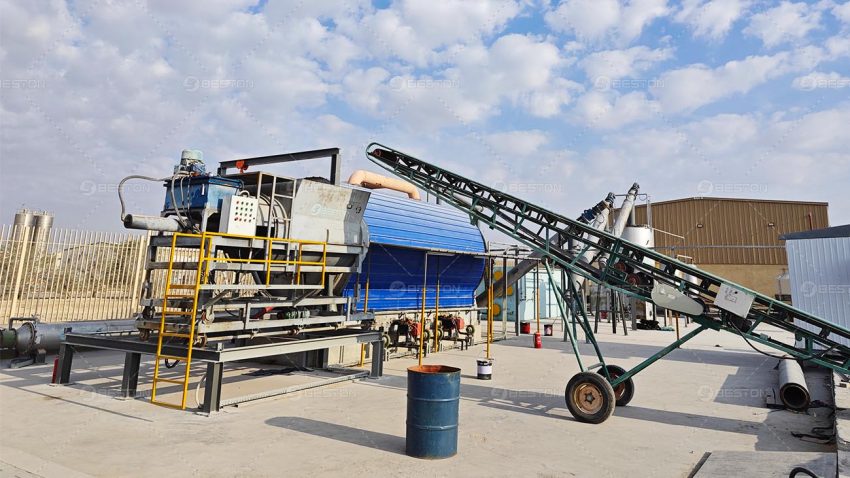The global accumulation of discarded tyres presents one of the most enduring challenges in solid waste management. With millions of units disposed of annually, traditional landfilling and open burning have proven unsustainable, both environmentally and spatially. Tyre pyrolysis offers a technologically advanced and ecologically sound alternative by converting waste rubber into usable resources such as…
Raw Material Diversity for Charcoal Making Machine Operations
The efficiency and adaptability of modern carbonization systems are strongly influenced by the variety of raw materials they can process. Charcoal production is no longer confined to traditional wood sources. Instead, technological advancements have enabled machines to handle a broad spectrum of biomass, each with distinct combustion properties and calorific values. The ability to transform…
Energy Efficiency in Biochar Equipment for Low-Carbon Production
As industries worldwide intensify efforts to reduce carbon emissions, the shift toward low-carbon production processes has become more pressing than ever. Among the many innovative solutions emerging in this field, biochar production stands out due to its dual benefit of carbon sequestration and renewable energy generation. A key contributor to this sustainable revolution is the…
Feedstock Flexibility: Best Materials for a Pyrolysis Plant
The operational efficiency and output quality of a pyrolysis system are directly influenced by its feedstock versatility. In an industry increasingly driven by circular economy principles and resource recovery, choosing suitable raw materials is fundamental. Whether considering a pyrolysis plant for sale or optimizing existing infrastructure, the compatibility of input waste types plays a pivotal…
Applications of Biochar in Animal Farming and Agriculture
Biochar, a stable, carbon-rich material produced through pyrolysis of biomass, is increasingly recognized as a multifunctional additive in agricultural and livestock systems. Derived from various feedstocks such as wood, sawdust, and coconut shell, this porous substance provides a broad spectrum of agronomic and environmental benefits. Through the use of modern carbonization technologies—such as charcoal making…
Leveraging Brazil’s Environmental and Agricultural Assets for Biochar Carbon Removal
Brazil possesses a unique confluence of ecological, agricultural, and regulatory conditions that position it favorably for the implementation of biochar carbon removal (BCR) projects. As global interest in engineered carbon sequestration strategies intensifies, Brazil’s vast biomass resources and conducive climate underscore its comparative advantage. Abundant Biomass Availability The most fundamental requirement for a scalable BCR…
The Global Impact of Pyrolysis Technology: Beyond Waste Management
As the world grapples with the dual crises of environmental degradation and resource depletion, innovative technologies are playing an increasingly critical role in shaping a sustainable future. One such technology, pyrolysis, is emerging as a cornerstone in the fight against plastic waste and fossil fuel dependence. While the core functionality of a pyrolysis plant—breaking down…
Investor Interest in Pyrolysis Plants Across Different Regions
Pyrolysis plants are revolutionizing waste management by converting waste materials into valuable resources like oil, syngas, and biochar. This innovative technology not only addresses environmental challenges but also provides profitable investment opportunities. Across Europe, Asia, and Africa, regions with diverse economic and environmental conditions, the demand for pyrolysis technology continues to rise. Let us explore…
Effects of Different Wood Types on the Charcoal Making Process
The process of converting wood into charcoal is a complex one, with various factors influencing the yield and quality of the final product. Different types of wood can have a significant impact on how effectively the charcoal is produced. The pyrolysis method, which involves heating wood in the absence of oxygen, is used in a…
How to Efficiently Produce Palm Kernel Shell Charcoal?
Palm kernel shell charcoal is gaining prominence as a viable and sustainable fuel source due to its high energy content and eco-friendly attributes. The production process of palm kernel shell charcoal involves the conversion of palm kernel shells into charcoal using a specialized machine. This article delves into the steps and considerations required for the…


